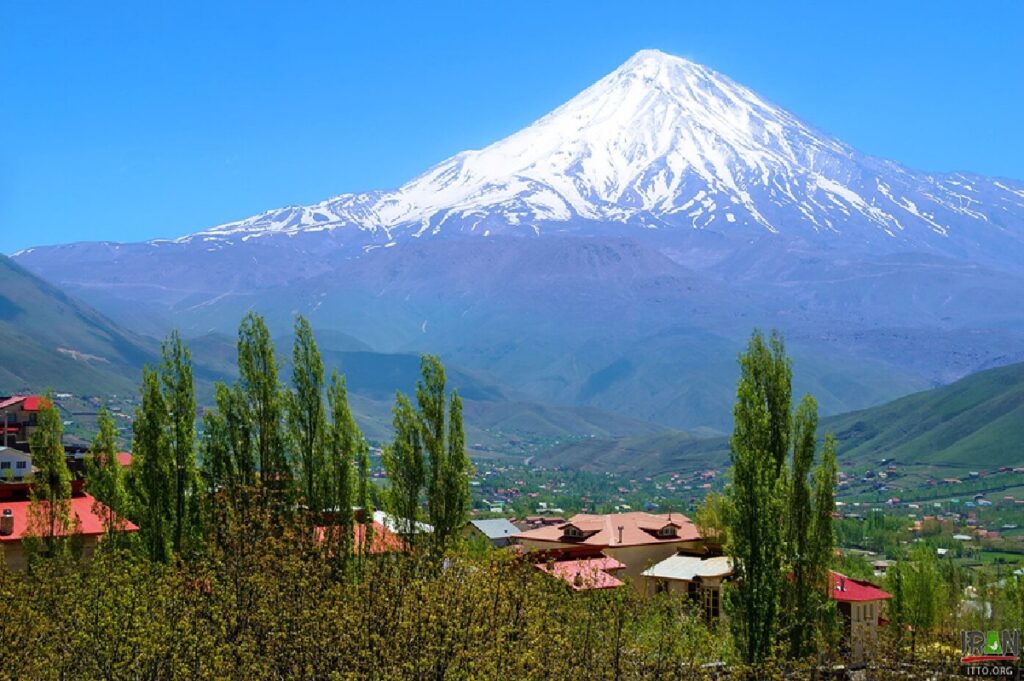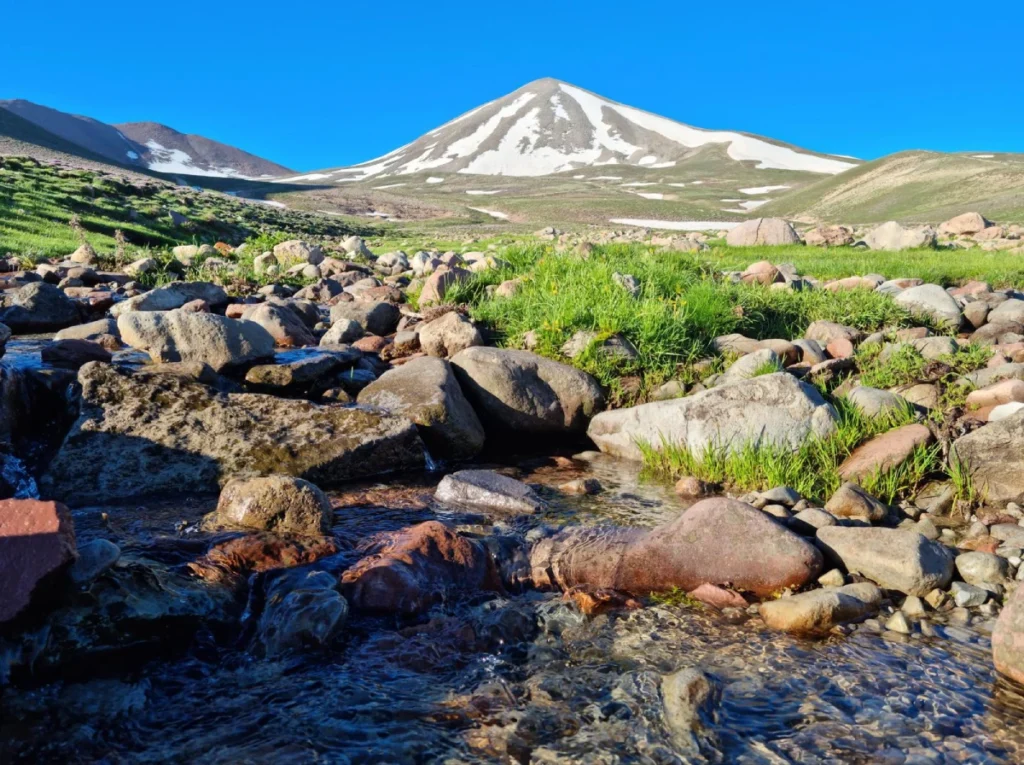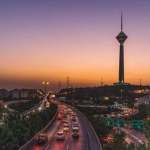Dena Location and How to Reach It
Nestled in the heart of the Zagros Mountain Range, Dena Mountain stretches across the provinces of Kohgiluyeh and Boyer-Ahmad, Isfahan, and Chaharmahal and Bakhtiari in southwestern Iran. This colossal natural wonder is part of the larger Dena Protected Area, a UNESCO Biosphere Reserve, and serves as a magnet for adventurers seeking trekking tours in Iran.
Reaching Dena Mountain requires careful planning due to its remote yet accessible location. The closest major city is Yasuj, approximately 50 kilometers to the southwest. From Yasuj, travelers can hire local guides or join organized trekking tours that arrange transportation to the mountain’s base. For international visitors, the nearest airports are in Shiraz (4–5 hours by road) and Isfahan (6–7 hours). Road routes from these cities wind through picturesque villages like Sisakht, a popular starting point for treks.
For those driving independently, the Yasuj-Sisakht Highway offers well-maintained roads, but a 4×4 vehicle is recommended for the final stretches near the mountain. Public buses from Shiraz or Isfahan to Yasuj are available, though renting a car provides flexibility. Local guides are highly recommended for first-time visitors, as they ensure safe navigation through the rugged terrain and help secure necessary permits for protected zones.
Dena Mountain Geographical Specifications
Dena Mountain is a geological marvel, spanning over 80 kilometers in length and boasting Iran’s highest peak, Qash-Mastan, which towers at 4,409 meters (14,465 feet). This segment of the Zagros Range is characterized by jagged ridges, deep valleys, and permanent glaciers, making it a biodiversity hotspot and a critical watershed for rivers like the Karun and Bazoft.
The mountain’s unique topography includes alpine meadows, dense oak forests, and dramatic cliffs carved by millennia of erosion. Its glacial valleys, such as the iconic Baharan Valley, are remnants of the last Ice Age. Dena’s elevation gradient—from 2,500 to over 4,400 meters—creates distinct ecological zones. Lower slopes are adorned with pistachio and almond trees, while higher altitudes host rare flora like the Dena tulip and medicinal herbs.
Dena is also home to endangered wildlife, including the Persian leopard, Iranian brown bear, and Bezoar ibex. Birdwatchers can spot species like the golden eagle and lammergeier. The mountain’s geological significance is amplified by its role in Iran’s climate system, acting as a barrier to moisture from the Persian Gulf and nurturing fertile plains below.
Climbing Guide and Exploration of Dena Mountain
For trekkers, Dena Mountain offers routes ranging from moderate hikes to challenging ascents. The Baharan Glacier Trail is a favorite, combining alpine scenery with technical climbs. Beginners often start with the Sisakht to Pataveh Route, a 3-day trek through forests and meadows, while seasoned climbers target Qash-Mastan Peak, requiring ice axes and crampons.
Guided trekking tours in Iran typically include gear rental, permits, and meals. Key preparation tips:
Acclimatize: Spend a day in Yasuj or Sisakht to adjust to the altitude.
Pack smart: Layered clothing, sturdy boots, and a GPS device are essential.
Hire local experts: Knowledgeable guides navigate hidden trails and share insights into Dena’s ecology.
Winter climbs (December–March) cater to experienced mountaineers, with heavy snowfall creating avalanche risks. Summer (June–September) is ideal for most treks, offering stable weather and vibrant wildflowers.
Best Time to Visit Mount Dena
Timing your visit to Dena Mountain depends on your adventure goals. Spring (April–May) transforms the slopes into a floral paradise, with tulips and poppies blanketing the valleys. This season is perfect for photography and moderate hikes.
Autumn (September–November) offers crisp air and golden landscapes, ideal for avoiding summer crowds. Summer is prime for high-altitude treks, though temperatures can drop sharply at night. Winter appeals only to expert climbers equipped for sub-zero conditions and icy trails.
Avoid monsoon-like rains in late autumn, which can trigger landslides. For a balanced experience, late spring and early autumn strike the perfect harmony between accessibility and natural beauty.
FAQs About Trekking Dena Mountain
Is Dena Mountain suitable for beginner trekkers?
Yes! Trails like Pataveh Valley cater to novices, but hiring a guide is advised. Technical peaks require advanced skills.
Do I need permits to climb Dena?
Permits are mandatory for protected zones. Most trekking tours in Iran handle this paperwork.
Can I trek Dena solo?
While possible, solo trekking is risky due to unpredictable weather and rugged terrain. Always inform local authorities of your plans.





















